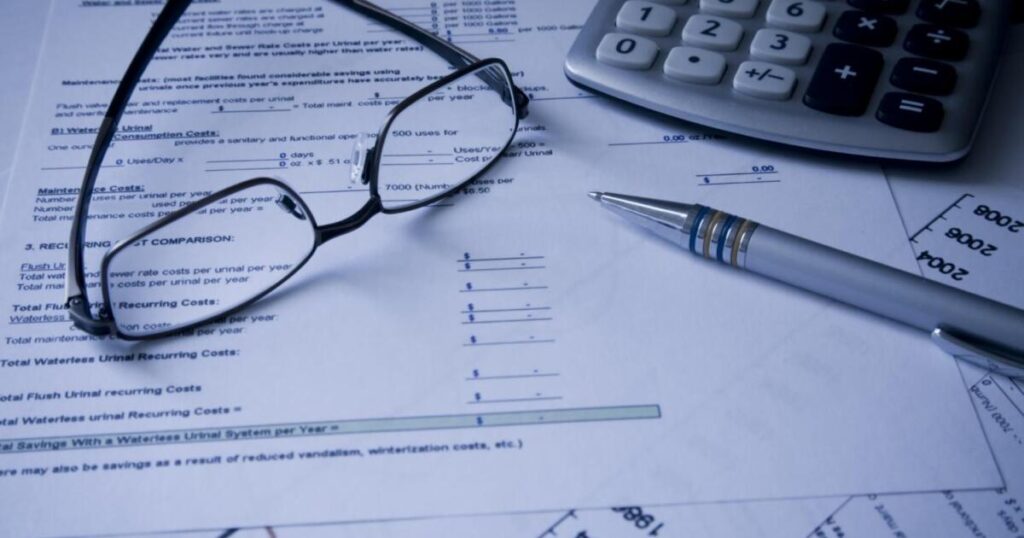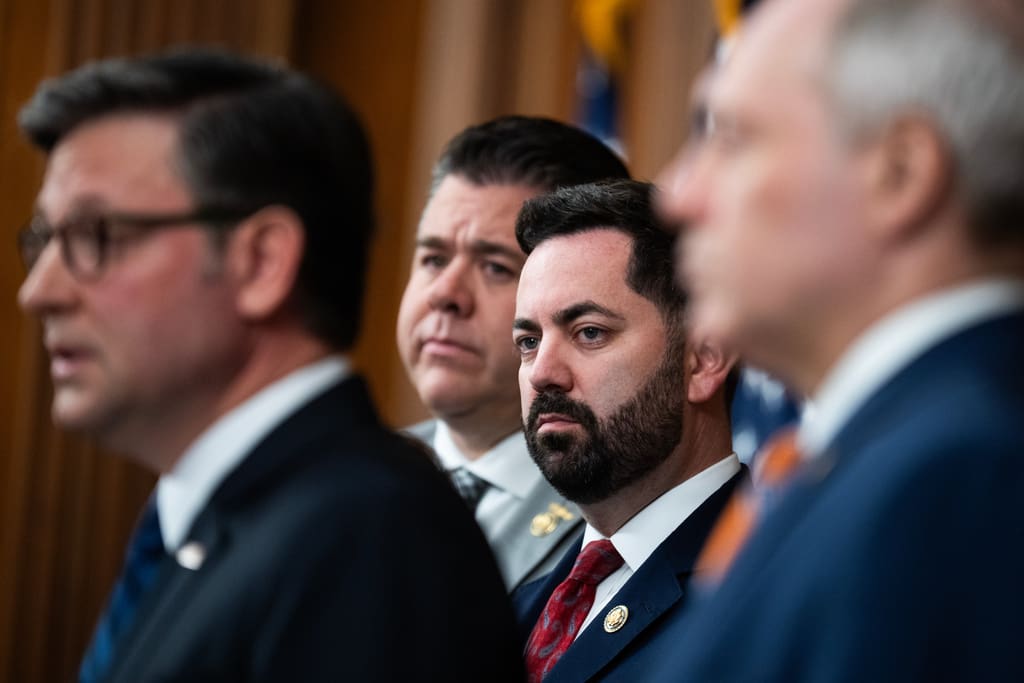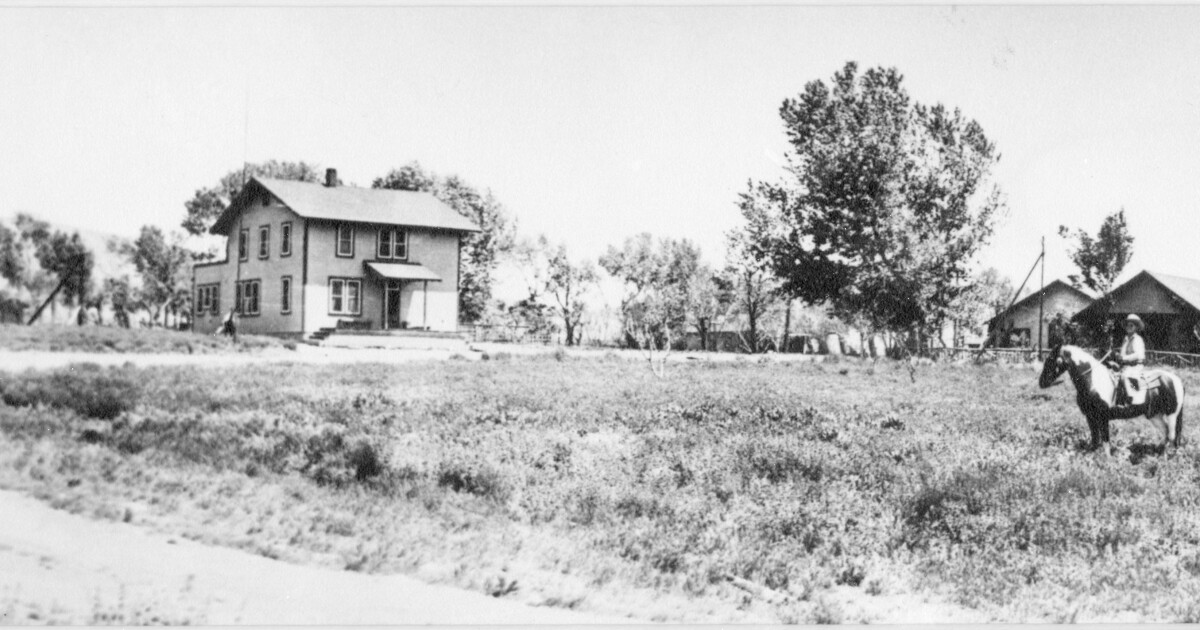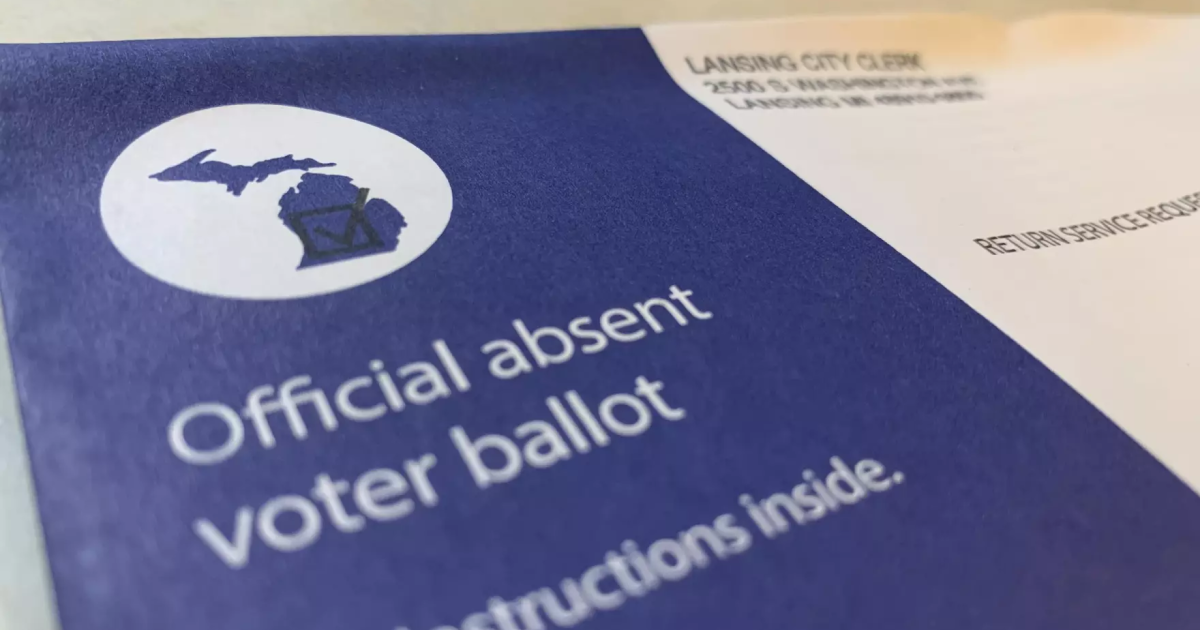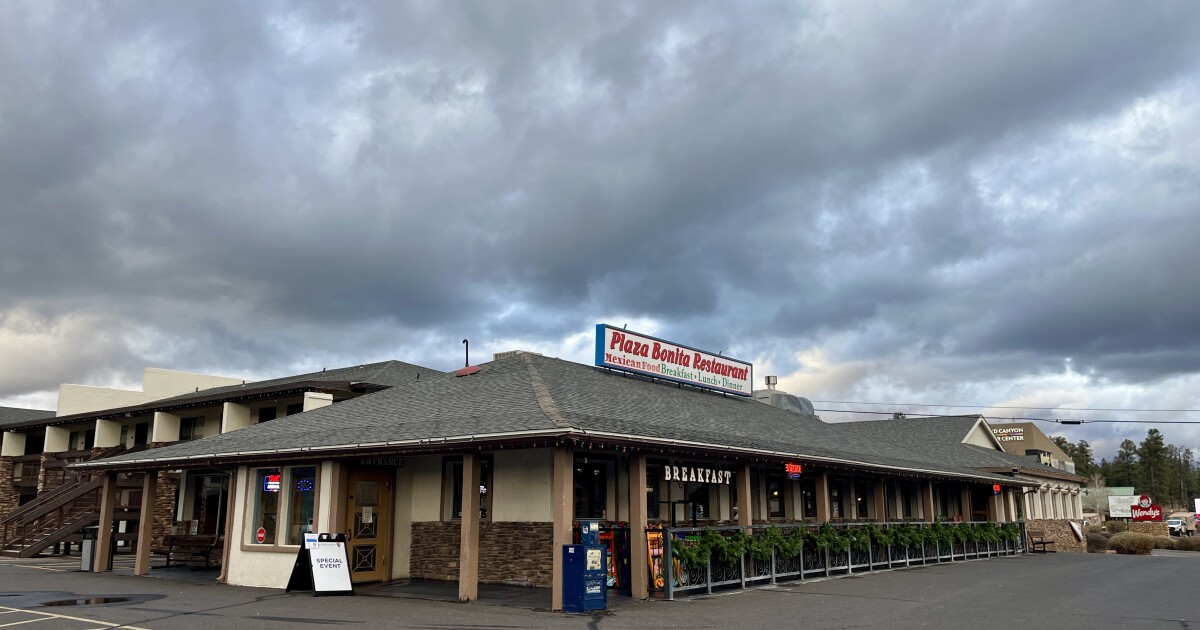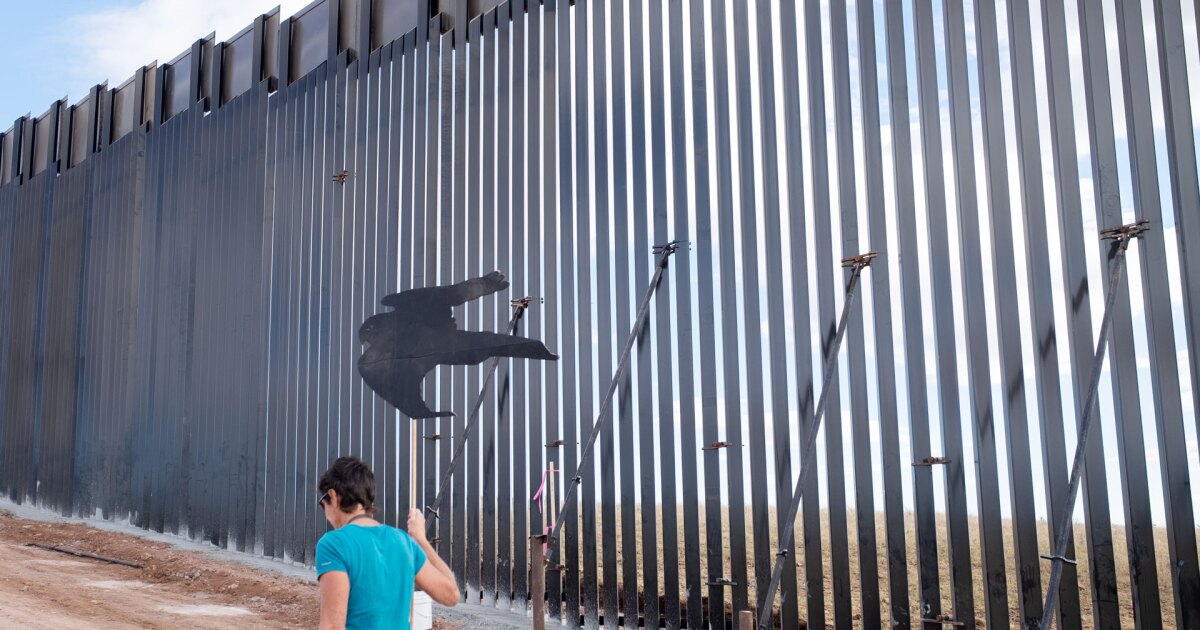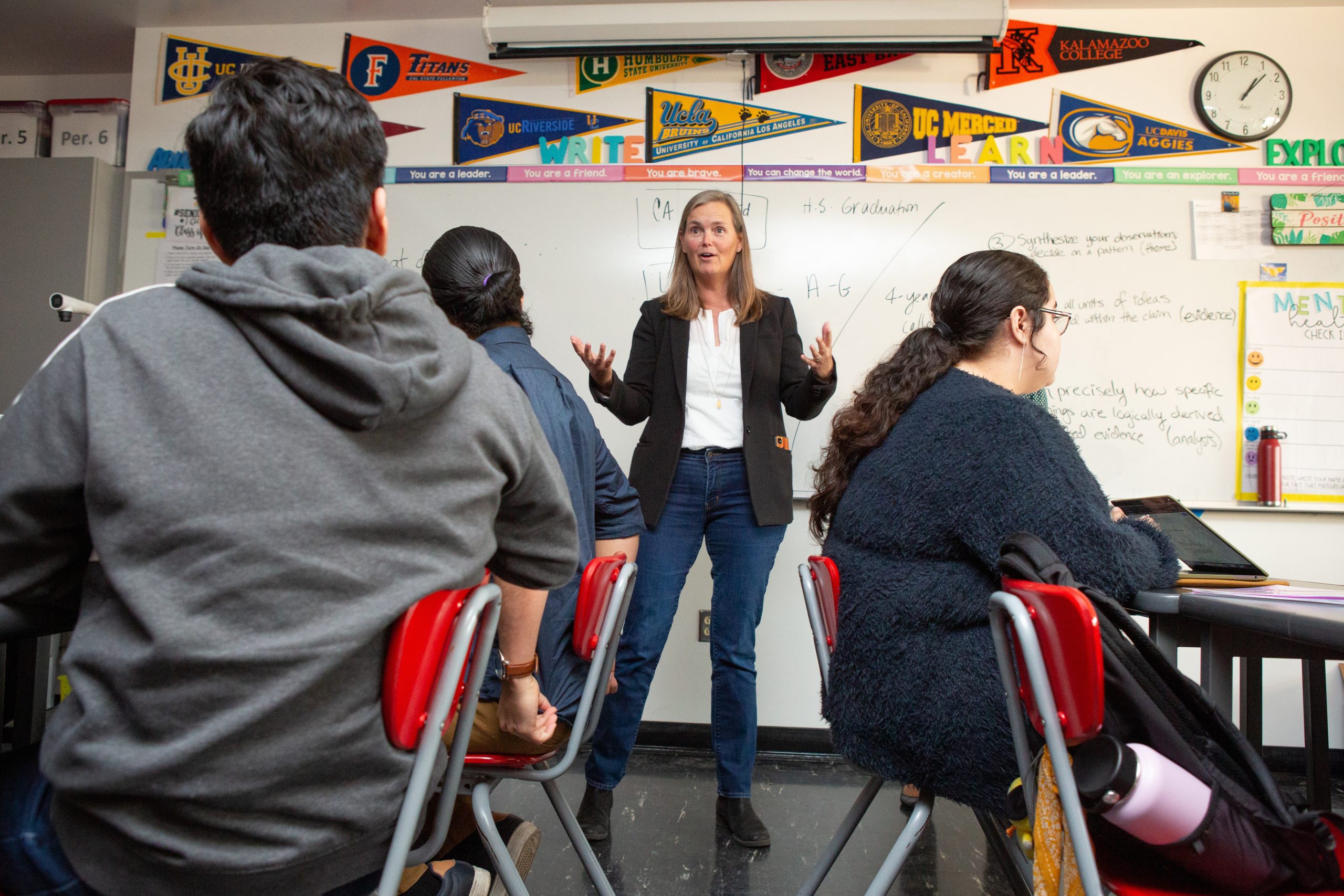Arizona’s Economic Divide: Spending Trends and Their Implications
As Arizonans grapple with rising costs, data shows a stark divide in consumer spending habits. While the majority tighten their belts, the wealthiest 10% continue to drive the economy forward, raising concerns about the state’s financial health.
According to Arizona’s Finance Advisory Committee, the top 10% of earners are currently responsible for most consumer spending. George Hammond, an economist and professor at the University of Arizona, highlights the underlying issue: “The basic story hearkens back essentially to income inequality where we seem to be back to a situation where the lower-paid occupations are seeing less wage growth and a lot of the wage growth is being experienced by the higher income cohorts.”
This spending pattern has significant implications for Arizona’s budget, as a large portion of the state’s general fund is reliant on sales taxes. Diminished spending from 90% of residents could lead to a shortfall in expected revenue for state programs. Additionally, tariffs introduced by President Donald Trump could further depress consumer spending.
Richard Stavneak, director of the Joint Legislative Budget Committee, warned of looming financial pressures. These include typical year-over-year increases in state aid to schools due to inflation and enrollment growth, alongside rising costs for the Arizona Health Care Cost Containment System. Furthermore, unexpected expenses such as a $139 million penalty for errors in food stamp eligibility determination compound the issue.
The potential impact of aligning Arizona’s tax code with federal tax cuts under HR 1 adds another layer of complexity. For state revenue to meet these growing demands, consumer spending must at least maintain current levels. However, the Finance Advisory Committee’s economists note that not all residents are contributing equally to this goal.
Investment banker Randie Stein describes it as “a tale of two economies,” where “the spending on the consumer side seems to be happening in the upper 10%.” She adds, “There’s a lot of us in the lower 90%. And that group is cautionary with their spending. We may already be seeing that in the economic data.”
Ben Henderson, budget director for Governor Katie Hobbs, echoes these concerns, pointing out that the economic outlook hinges on “who is spending” in Arizona. “What we’re beginning to see is folks that are particularly well off, the kind of folks in the top 10% of income, are the ones really keeping consumer spending going,” he noted.
Hammond attributes much of the disparity to income inequality. While the stock market performs well, benefiting those with investments, sectors like manufacturing face challenges. “We hear a lot about TSMC and all the jobs they have brought,” Hammond said, referencing the new computer chip manufacturing operations. Yet, job losses at companies like Intel and other sectors struggling with high interest rates temper these gains.
Not everyone agrees that income is the sole factor influencing spending. Alan Maguire, president of a consulting firm, believes demographics play a role, with younger families prioritizing savings and daily expenses, while older individuals spend more freely. “You have more money than you did your whole life. You start going on trips, you start going to visit the grandkids,” Maguire explained.
—
Read More Arizona News

